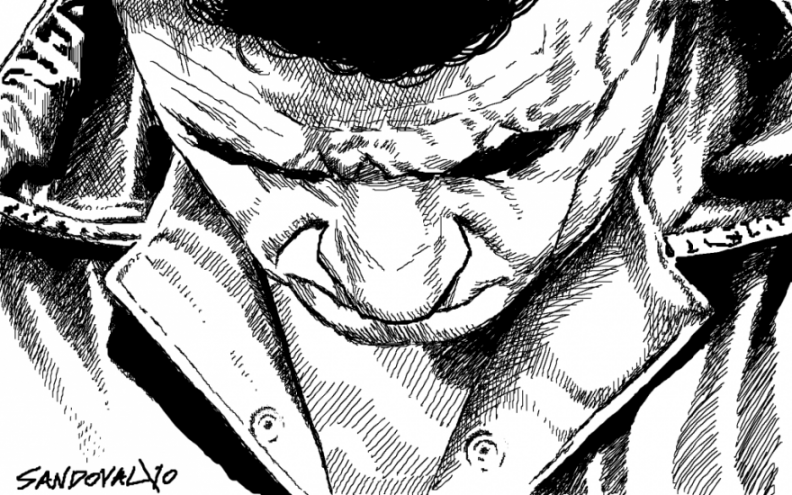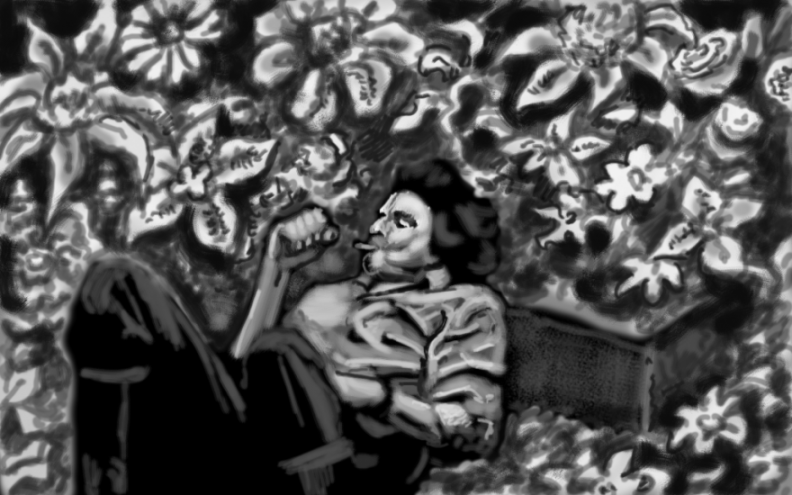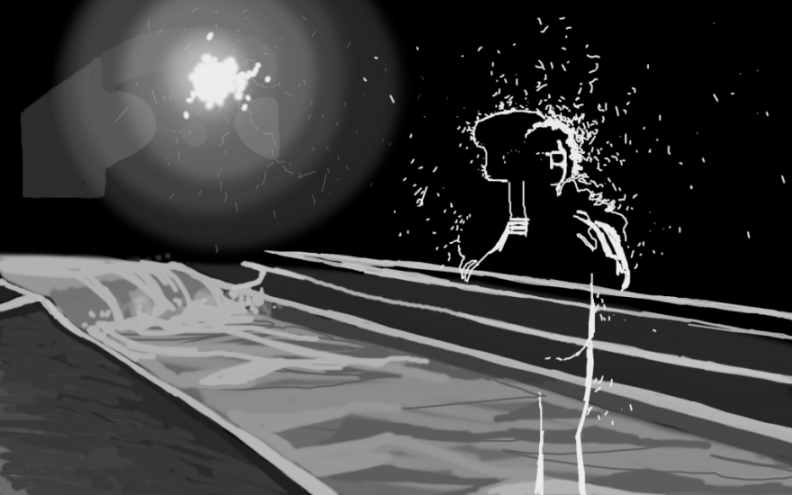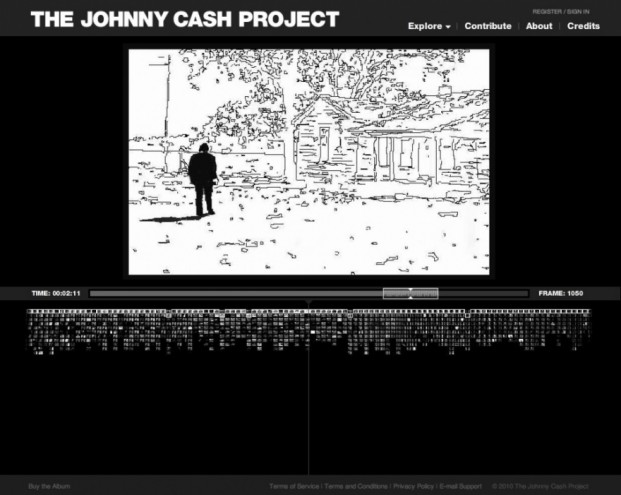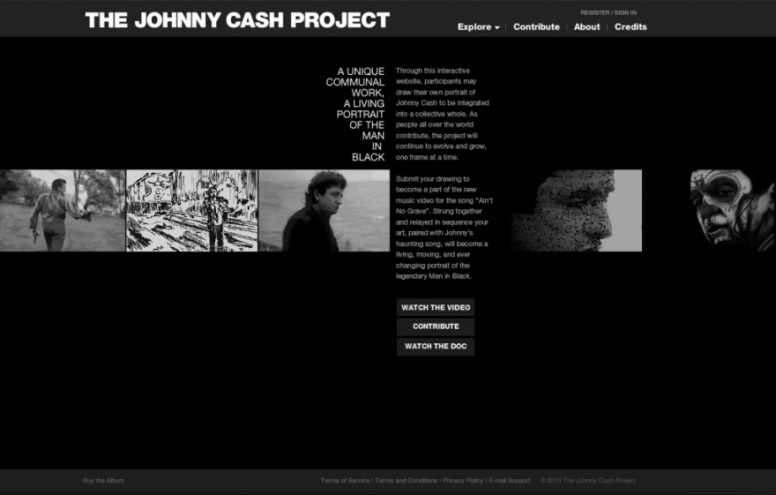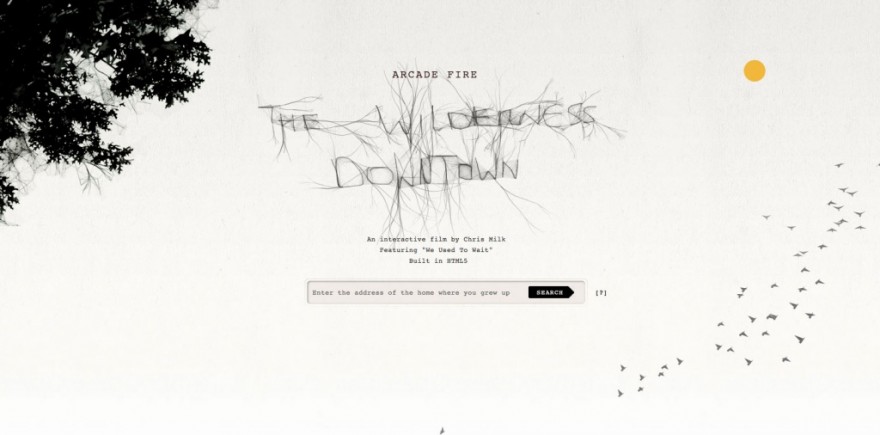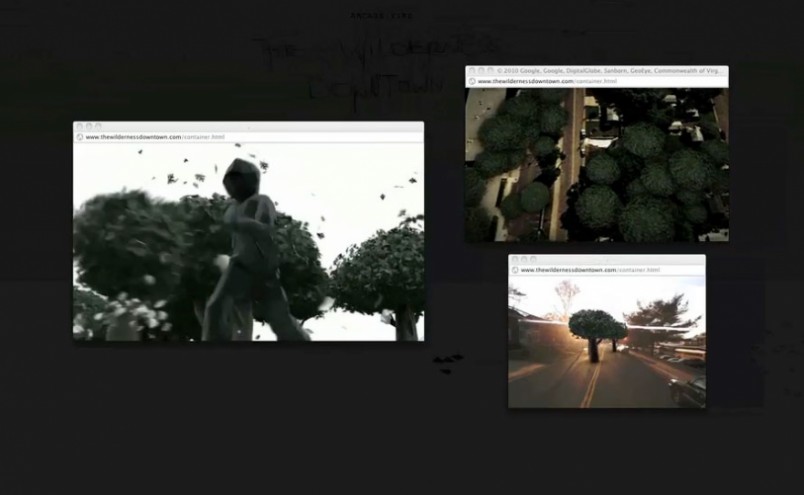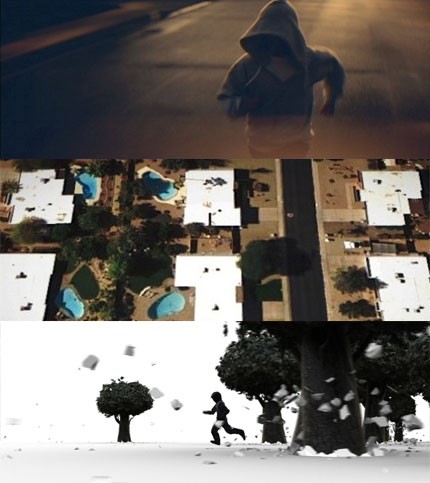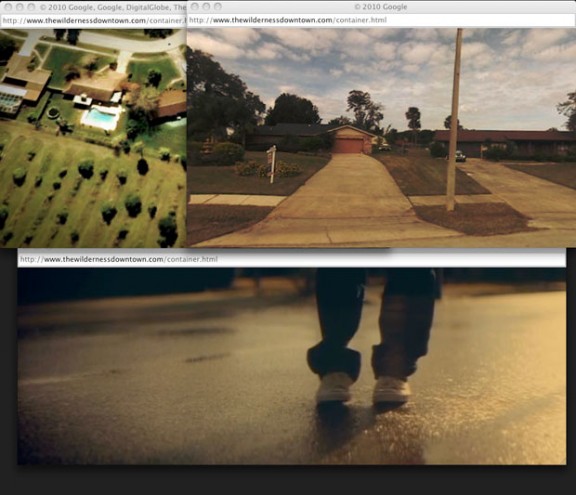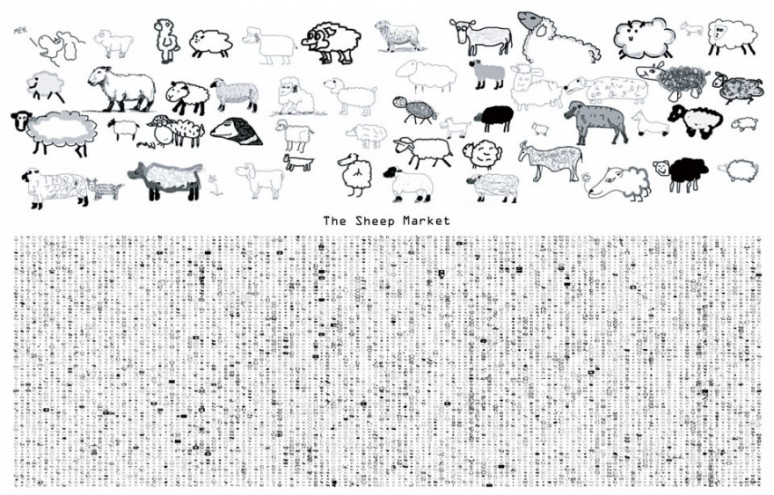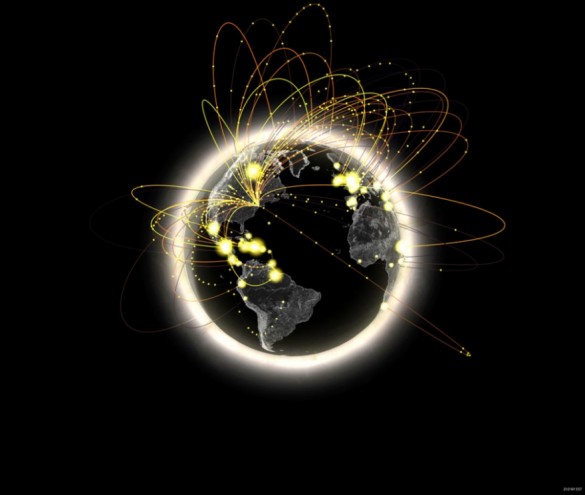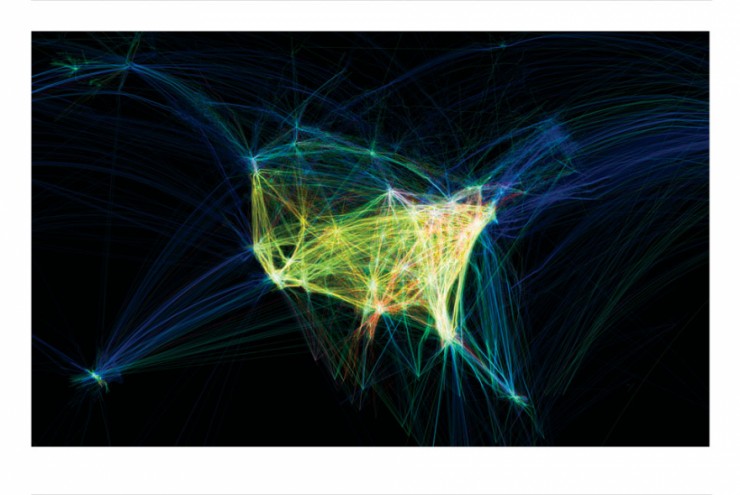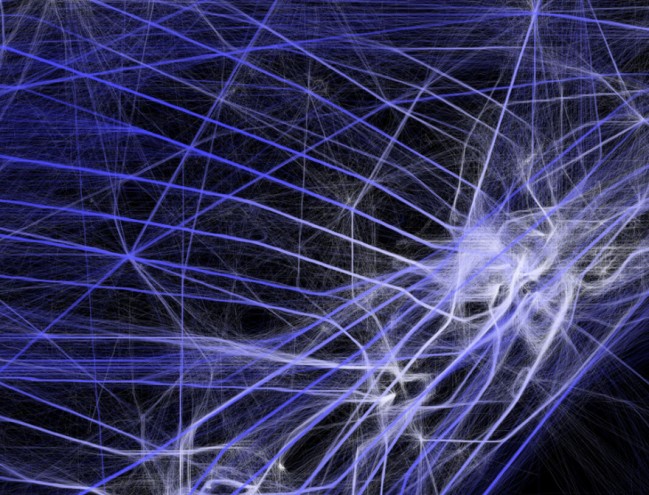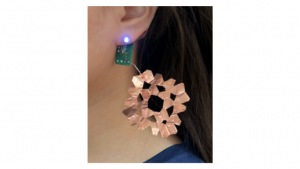In 2010, director Chris Milk and data arts specialist Aaron Koblin collaborated with Google Chrome and Arcade Fire to create the interactive music video for the Canadian indie rock band's song "We Used to Wait" from their Grammy Award-winning album, The Suburbs. Created in HTML5, the resultant project, "The Wilderness Downtown", gave viewers an engaging, personalised experience that integrated Google Maps Street View to take them on a virtual trip down memory lane. It was a complete innovation for music and technology, paving the way for a whole new approach to online media by exposing the possibilities that digital production had to offer.
Chrome Experiments (bearing the tongue-in-cheek tagline "Not your mother's JavaScript") describes the project as follows:
Choreographed windows, interactive flocking, custom rendered maps, real-time compositing, procedural drawing, 3D canvas rendering... this Chrome Experiment has them all. 'The Wilderness Downtown' is an interactive interpretation of Arcade Fire's song "We Used To Wait" and was built entirely with the latest open web technologies, including HTML5 video, audio, and canvas.
With "The Johnny Cash Project", Milk and Koblin paired up again to create a "living portrait" of the Man in Black, by sourcing global contributions to be combined into an evolving, collective whole: a music video for "Ain’t No Grave".
As Milk explains:
Strung together and played in sequence over the song, the portraits will create a moving, ever evolving homage to this beloved musical icon. What’s more, as new people discover and contribute to the project, this living portrait will continue to transform and grow, so it’s virtually never the same video twice.
Another benchmark project for the dynamic duo - this time with Mirada, North Kingdom and Google - was their 2011 music video experience "3 Dreams of Black", for the song "Black" off Danger Mouse and Daniele Luppi’s concept album Rome. This time developed in WebGL, the interactive project illustrates the possibilities of Google Chrome once again, and those of WebGL, and online digital media in general.
Swedish digital creative agency North Kingdom sums up the project:
The music serves to express a story that takes place in a post-apocalyptic landscape where the main characters are played through the voices of Norah Jones and Jack White. More specifically, “3 Dreams of Black” is Norah’s lucid dream where users can partake and gain control of her character's experience.
In the video below, Koblin and the creative team explain the opportunities that are opened up by WebGL.
Chris Milk also went on to direct the surrealistic animated music video "Two Against One", another recent release from the spaghetti-western-inspired album Rome.
He has also directed music videos for the likes of Kanye West, Courtney Love, The Chemical Brothers (below), Green Day, Audioslave and U2, and the second unit on "A Mother's Promise", ads for Nike and Nintendo, and the Barack Obama bio film that played before his speech at the Democratic National Convention in 2008.
Aaron Koblin - now creative director of Google Creative Labs' Data Arts Team - also gained world renown for this role in leading the technology of the music video, directed by James Frost, "House of Cards" off Radiohead's 2007 album In Rainbows. The entire video was constructed using 3D plotting techniques.
In the space of just a few years, Milk and Koblin have reinvented the music video, introduced the first truly interactive elements into film, and harnessed media in a way that previously was the stuff of sci-fi.
Don't miss them speak at Design Indaba Conference 2012.

